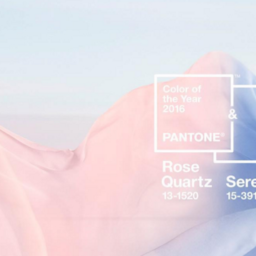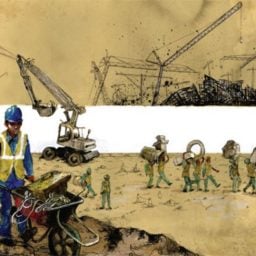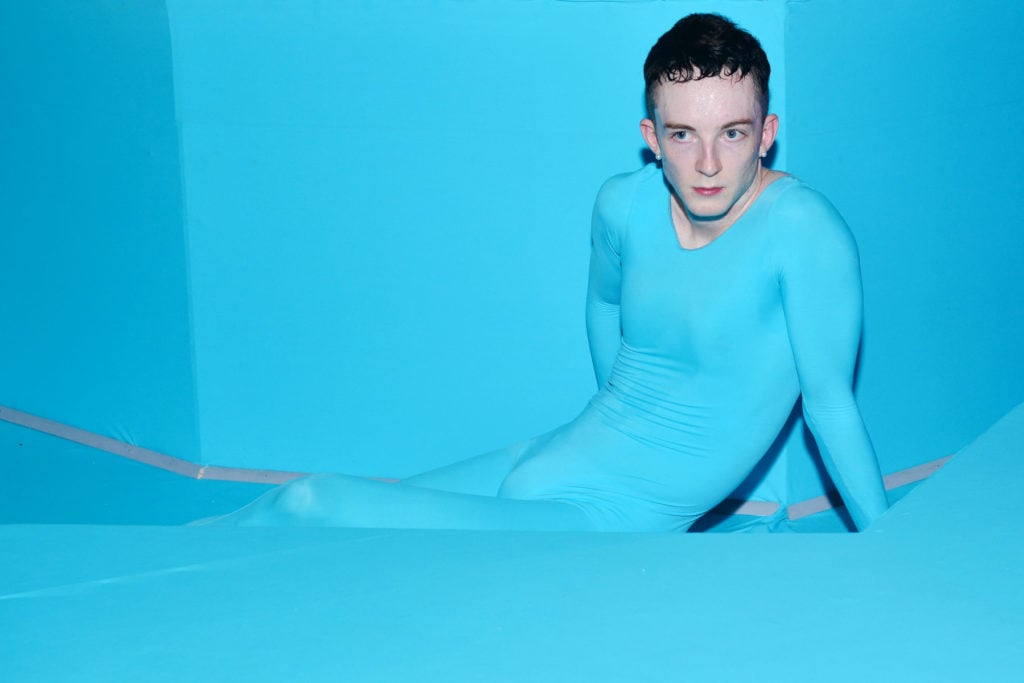

What does the future look like? Sages of old used to study animal entrails or tea leaves to guess at such matters.
The gurus over at Getty Images have a more contemporary method: measuring what kinds of images from their vast library of commercial stock photography have seen surges of interest in the recent past. Their annual Creative In Focus report thus reflects the appetites of the world’s admen and think-piece editors, and would seem to verify my own personal suspicion that a futurologist is someone who tells you what corporations are already doing.
Nevertheless, it makes for amusing reading.
In a webinar accompanying the release of the 2016 report, Getty Images’s “Director of Visual Trends” Pamela Grossman explained that the six predictions are meant to apply to “commercial imagery as well as fine art imagery and editorial or photojournalistic imagery.” It must be said, however, that the report is definitely written with “commercial imagery” in mind—though it has the collateral interest of showing which bits of art history are currently “in” as influences (Minimalism and Surrealism, it seems).
Creative In Focus 2016 sorts its emerging threads in visual culture into six categories, each with its own snappy, slightly cutesy title. I think of them as offering the outlines of the boxes our corporate image-overlords are sorting our tastes into. Each is what Grossman terms a “macro trend,” a theme that is bigger than any one particular manifestation, predicted to be relevant for “at least a year, if not years to come” (“manbun,” she helpfully clarifies, is not a trend but a fad—whew!—but it would fit within the larger trend of “Genderblend,” one of last year’s “Creative In Focus” diagnoses.)
Here is my summary and commentary on Getty Images’s six trends:
Theme 1: “Outsider In”
“All hail the outspoken, the outré and the odd,” the report declares, somewhat breathlessly. “As we become ever more inundated with mass-replicated imagery and aggregated articles, our appetite for unique messengers and standout visuals increases with each and every share… consumers are rejecting anything that has even the slightest whiff of Goliath… We’ve entered a new Age of the Strange.”
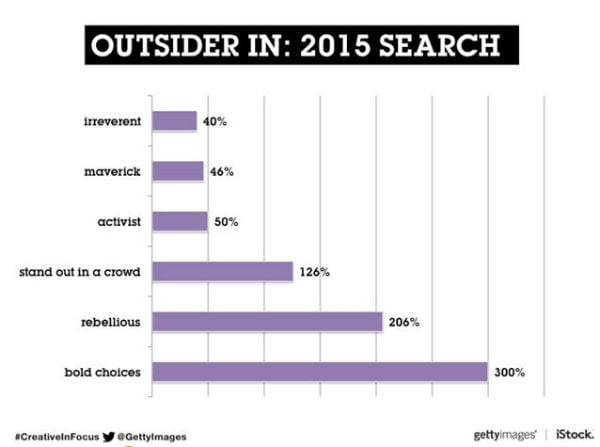
I ask myself: Has there been a time in my life when being an “insider” was cool? Still, I buy the idea that with all that in-your-face social media posturing and a general climate of social stress, the bar has been raised in the Authenticity Arms Race.
“In a 5-year time span, the keyword ‘attitude’ has gone up 42%, ‘individuality’ is up 76% and ‘creativity’ is up 134%,” the report tells us. A graphic accompanying Grossman’s web presentation [above] says that Getty Image search interest in the word “rebellious” has spiked by more than 200 percent, and the hilarious “bold choices” by 300 percent.
The irony of a mad, simultaneous rush to source stock photos of “rebellious” goes unremarked.

Rus Turner, drone photograph of clouds above the River Test at Nursling, Hampshire, UK.
Photo: Courtesy of Rus Turner.
Theme 2: “Divine Living”
“Divine living focuses on meaningful consumption. It’s about purchasing with purpose and carefully selecting treasured objects and experiences over mass accumulation… Soul-searching and contemplation are key elements of this trend… Consumers are increasingly savvy truthfinders looking beneath the surface of brand messaging with a demand for clear vision and values.”
As for how “Divine Living” is expressed formally, here are some hints:
“Our customers have a growing appetite for images with light leaks and an airy, aspirational aesthetic with people looking up into the heavens. There has been an increase in the usage of striking aerials with a ‘God’s eye view’ that show wonder and epic scale. There is also a penchant for clean lines and styling; focus on single, relic-like objects as opposed to abundance; and a growing use of subtle light and a soft, ethereal, colour palette. From sharp focus to bokeh bliss, devotional aesthetics and illuminating messaging is what’s resonating now.”
In her web presentation, Grossman adds Pantone’s nomination of the new-agey “Serenity” and “Rose Quartz” as Colors of the Year as another harbinger of “Diving Living.”
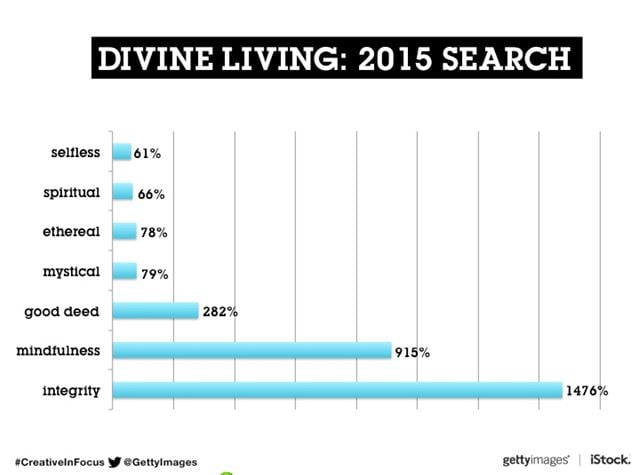
The most significant bit of evidence for the advent of “Divine Living” is a huge spike in searches for symbols of “Integrity,” which makes me think that this diffuse spiritual aesthetic can be thought of as another way that “consumers are rejecting anything that has even the slightest whiff of Goliath;” it’s just wearing yoga attire instead of the outsider’s leather jacket.
Indeed, in his introduction, Andy Saunders mentions the “mega-trend of authenticity” as overarching background for the report’s predictions, which, not to be repetitive, is quite the perspective for a stock photography company to have.

The Nano Bible, created by Uri Sivan and Ohad Zohar of the Technion-Israel Institute of Technology, on view at Jerusalem’s Israel Museum in a new exhibition, “And Then There Was Nano, The Smallest Bible in the World.”
Photo: courtesy the Israel museum.
Theme 3: “Extended Human”
“Technology is changing the way we live our lives, share our experiences, make our art and experience our surroundings. It’s also challenging our idea of what it means to be human as it optimizes our bodies, expands our minds’ capacity for memory and creativity, and affords total connectivity with each other.”
This sounds like boilerplate tech hype, so it’s helpful that Grossman clarifies in the Getty webinar that “Extended Human” predicts a rise in specifically positive images of technology as a reaction against the generally dystopian flavor of a lot of pop-culture.

At this juncture, the Getty’s corporate audience really shines through: its biggest “Extended Human” indicator is that epic 11,000-plus percent surge in interest for stock images of “Wearable Technology.” (Also, it seems that art directors just discovered emoji. Can it be?) Silicon Valley is bent on soft peddling disruption, and so of course it prefers soothing images of the future. There’s a reason that Google’s driverless cars are designed to look like a cuter cousin of Herbie the Love Bug.
“I will confess that my husband and I do live with a BB-8,” Grossman testifies in the webinar, referring to the rolling R2-D2 clone from the new Star Wars film, “and I can say that he is adorable.”
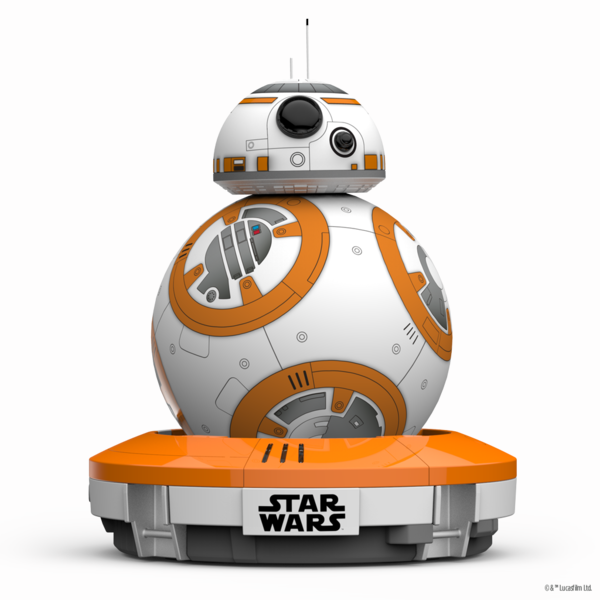
BB-8™ by Sphero, “the app-enabled Droid™ that’s as authentic as it is advanced”
Image: Courtesy Sphero
Theme 4: “Messthetics”
“The visual cues of Messthetics are all physical, the messy, grimy, sweaty and visceral… The trend drivers include new shifts in visual aesthetics, feminism and digital efficiency… This is beyond the appreciation of flaws; this is a deliberate exploration of awkwardness and vulgarity… This aesthetic is about reveling in an extreme, intense, comfort-free, primeval state of being.”
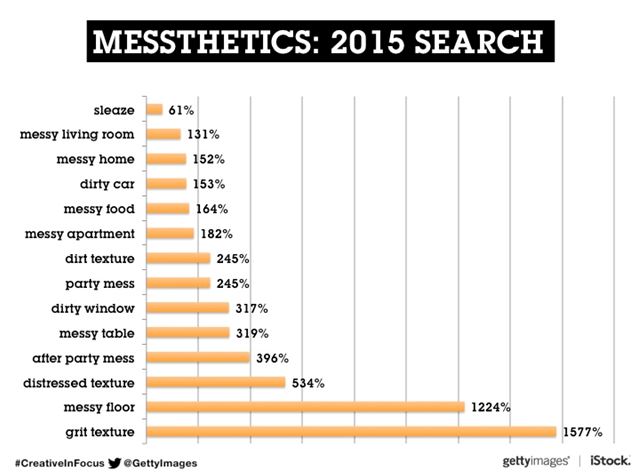
Here, “Messthetics” sounds like ad-speak for what in art-speak we call the “abject”—per the Tate museum’s definitions section: “artworks which explore themes that transgress and threaten our sense of cleanliness and propriety particularly referencing the body and bodily functions.” Or at least a soft, advertiser-friendly version thereof. Look forward to a Paul McCarthy campaign for Prada.

Donald Judd, Untitled (Bernstein 89-24) (1989)
Image: Courtesy of Christie’s.
Theme 5: “Silence vs. Noise”
“The trend is focused on making space for consumers to breathe and reconnect in a cluttered marketplace, engaging our emotions and spirit with visual haiku…. The trend takes its cue from the 1950s and ‘60s minimalist art movement that focus on refined expression and the distillation of complex ideas into elegant simplicity… In an overstimulated society, we instinctively welcome the calmness of this trend.”
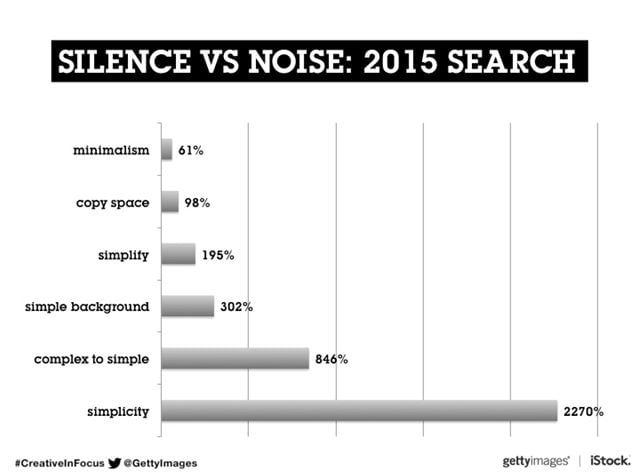
So, on the one hand, such an aesthetic of uncluttered “simplicity” seems to chime with the whole “Divine Living” thing.
On the other hand, American Minimalism was all about aestheticizing industrial processes (think of Donald Judd’s rhythmic boxes). So, on another level, “Silence vs. Noise” dovetails with the tech-forward “Extended Human” aesthetic of too. Think of the sleek look of an Apple store.
In turn, as a motif, this “visual haiku” business would seem to relate negatively to “Messthetics,” being almost its polar opposite.
Thus I begin to suspect that all these trends are part of a mutually reenforcing feedback loop, creative directors scrambling like crabs in a barrel, amplifying and negating each other in the frantic quest for distinction.
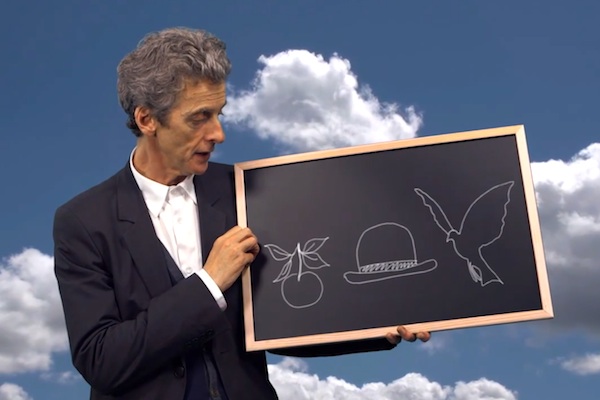
Still from Tate surrealism video.
Image: Courtesy of YouTube.
Theme 6: “Surreality”
“‘Surreality’ is an aesthetic that references how we visually make sense of the new ways in which we consume culture and share information. Just as Surrealism looked to translate the unconscious in order to understand the conscious, the visual techniques that shape this trend look to reconcile the duality we experience now that much of our lives are digital… By using treatments that reference online phenomena, like gifs and memes, brands are able to tap into the zeitgeist, positioning them at the forefront of the current visual realm.”
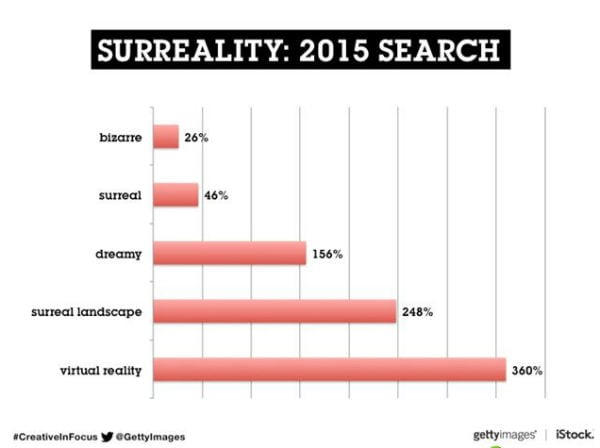
This final techno-surrealist aesthetic is maybe the one that has the most resonances with current art, specifically the so-called “post-internet” aesthetic, which has been the subject of a lot of chatter lately and is fine art’s own spin on “gifs and memes,” fashion and omnipresent branding.
In fact, one of the art groups most associated with “post-internet” scene, the trend-setting DIS Magazine (seen at the last year’s New Museum Triennial), is best-known precisely for its surreal riffs on… stock photos. Creative In Focus 2016 promises that Getty Images is hard at work art directing its own surreal stock photos. And the mouth of the serpent finds its own tail.
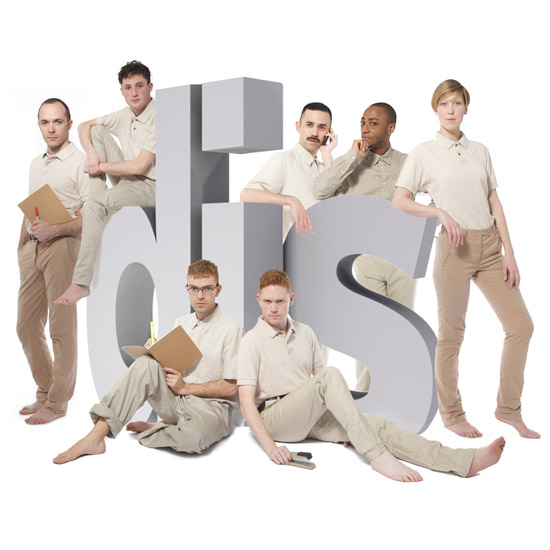
The DIS Magazine crew
Image: Courtesy DIS Magazine


